Define the most appropriate cellular connectivity solution for your IoT project
NB-IoT or LTE-M, Adeunis IoT sensors are multi-protocol to meet all your needs and environments.
Do you need to deploy IoT sensors and choose the most suitable network(s) for your project?
We’ll take into account your needs, your uses, and the target environment, and together we’ll define the network solution and operator that best meet your expectations.
What factors need to be taken into account when choosing technology?
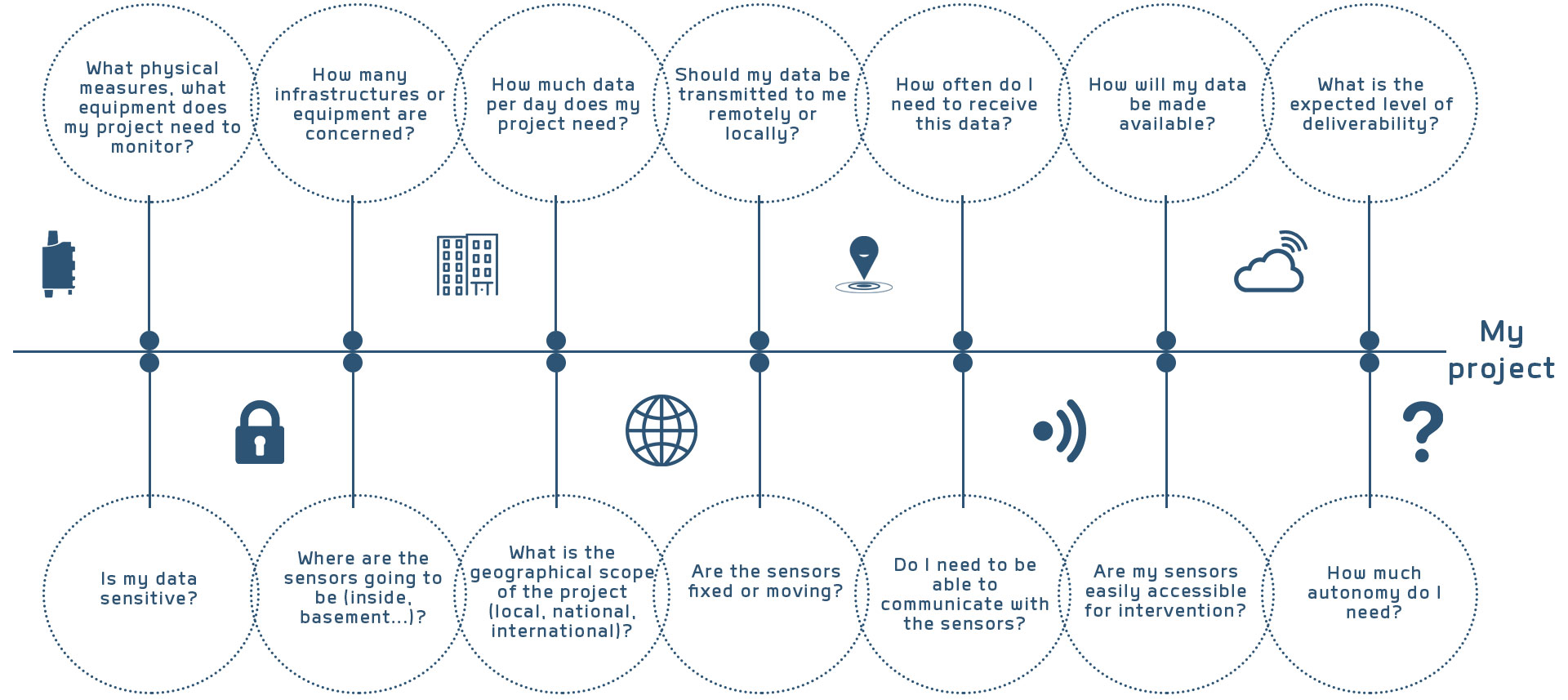
When choosing between NB-IoT and LTE-M1 for IoT sensor applications, it’s crucial to consider the specific requirements of each project. Here are some key points to consider for a more detailed comparison:
Energy consumption
Battery life is a crucial factor for IoT sensors, as they are usually powered by limited energy sources, such as batteries or rechargeable batteries. NB-IoT features low power consumption, enabling extended battery life for IoT sensors. This makes it an ideal solution for applications where sensors are deployed in hard-to-reach or low-maintenance locations. Although LTE-M1 consumes slightly more energy than NB-IoT, it is still more economical than traditional cellular technologies, offering sufficient battery life for many IoT applications.
Latency and bidirectional connectivity
Latency, i.e. the delay between sending a request and receiving a response, is an important aspect in IoT applications. LTE-M1 offers better latency than NB-IoT, meaning IoT devices can communicate faster and get real-time responses. This can be essential for applications such as security systems or connected medical devices, where fast responsiveness is crucial. What’s more, LTE-M1 supports bidirectional communication, enabling IoT sensors to send information and updates in real-time, in addition to receiving commands. NB-IoT, on the other hand, is optimized for one-way communication, which may be sufficient for certain IoT applications that do not require real-time feedback.
Data rate
Data throughput is an essential factor to consider, depending on the needs of your IoT application. If your application requires sporadic, low-rate data transmission, NB-IoT is an appropriate solution. For example, sensors used in environmental monitoring or meter reading applications can make do with low data rates. On the other hand, if your application involves larger data transfers and more information-rich communication, LTE-M1 offers higher data rates, suitable for applications such as vehicle tracking or video surveillance systems.
The cost
LTE-M offers higher throughput and lower latency than NB-IoT, making this technology generally more expensive. It is therefore essential to carefully assess your company’s specific needs to find the most suitable and cost-effective solution.
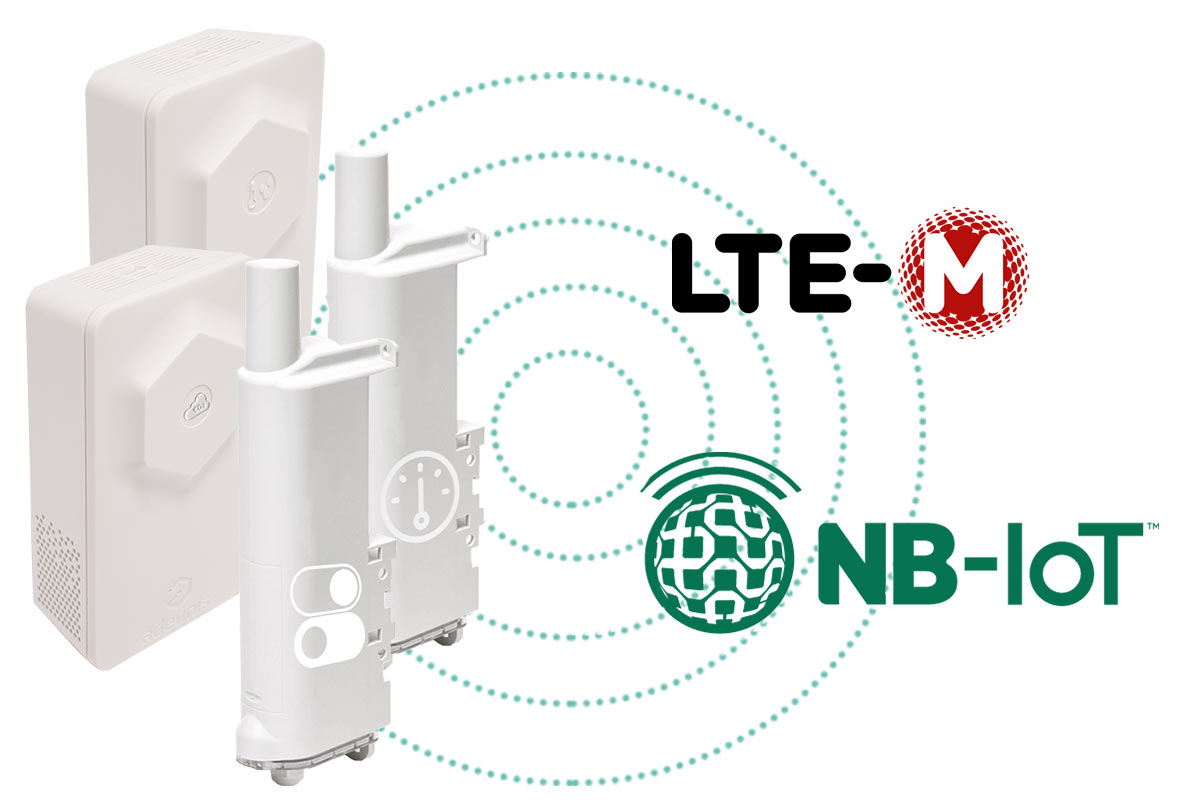
Fixed or mobile connected object
The mobility of your connected object is a key factor to consider when choosing your IoT connectivity. For example, a connected car requires a ubiquitous network, while predictive maintenance in a production unit may be satisfied with a local network.
Other criteria can be added to provide more nuance
Roaming: agreements between operators enabling the use of the network in different countries, including mobility and handover.
Security: includes authentication on the network (verification of access rights) and security protocols respected.
FOTA / Acknowledgement: includes “Firmware Over-The-Air” remote update capabilities and confirmation that messages have been sent and received.
Main parameters to consider when choosing the most suitable LPWAN network:
COVERAGE
CONSUMPTION
DATA SPEED
DEPLOYMENT COST
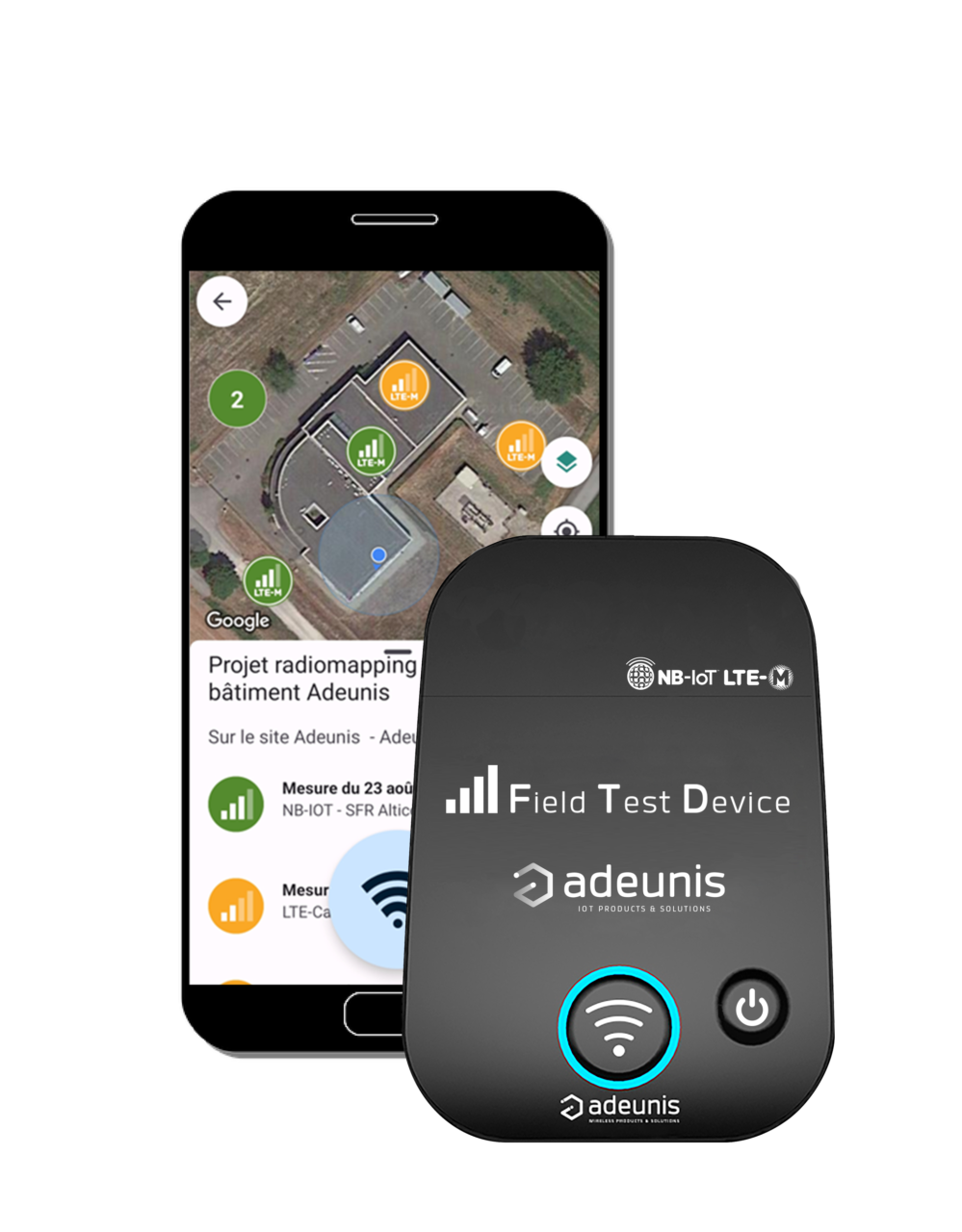
What is the best way to test and qualify network coverage?
When you launch your IoT project, it’s important to validate the quality of the network coverage.
Thanks to the Field Test Device (FTD), you can compare the quality of the NB-IoT and LTE-M networks present and analyse the network coverage precisely in order to guarantee the network connection of your objects when they are deployed.
What are the cellular IoT network protocols?
The market for cellular (NB-IoT, LTE-M) and non-cellular (Lora, Sigfox, etc.) LPWAN networks have grown strongly over the past 2 years. What’s more, NB-IoT and LTE-M technologies account for almost 60% of the installed base worldwide.
Adeunis cellular sensors can be configured for NB-IoT and LTE-M networks, as required. These networks cover many countries around the world.
What is NB-IoT technology?
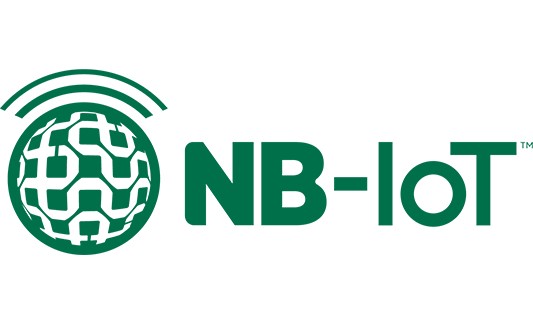
NB-IoT is a long-range connectivity technology specifically designed for IoT applications requiring low power consumption and low data rate connectivity. Thanks to its narrow bandwidth, it offers excellent signal penetration through obstacles such as buildings and underground areas. NB-IoT is ideally suited to IoT sensors requiring extended battery life and reliable connectivity over long distances.
It is a sub-category of LTE (4G) that relies on existing 4G networks that are licensed and operated by operators. The NB-IoT solution is halfway between Sigfox, Lora, and LTE-M networks.
What is LTE-M (or LTE-Cat-M1)?
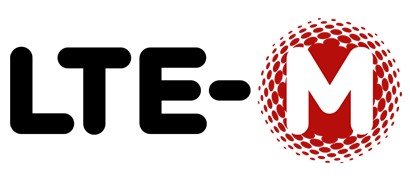
LTE-M1, also known as LTE-Cat-M1, is a cellular network technology suitable for IoT applications. It offers higher data rates than NB-IoT, while maintaining low power consumption. LTE-M1 supports applications requiring bi-directional communication and higher data transfer rates, such as vehicle security and tracking systems. In addition, LTE-M1 offers better latency than NB-IoT, which is crucial for IoT applications requiring real-time responses.
It is a sub-category of LTE (4G) that relies on existing 4G networks, which are licensed and operated by operators.
Deployment of IoT cellular networks around the world
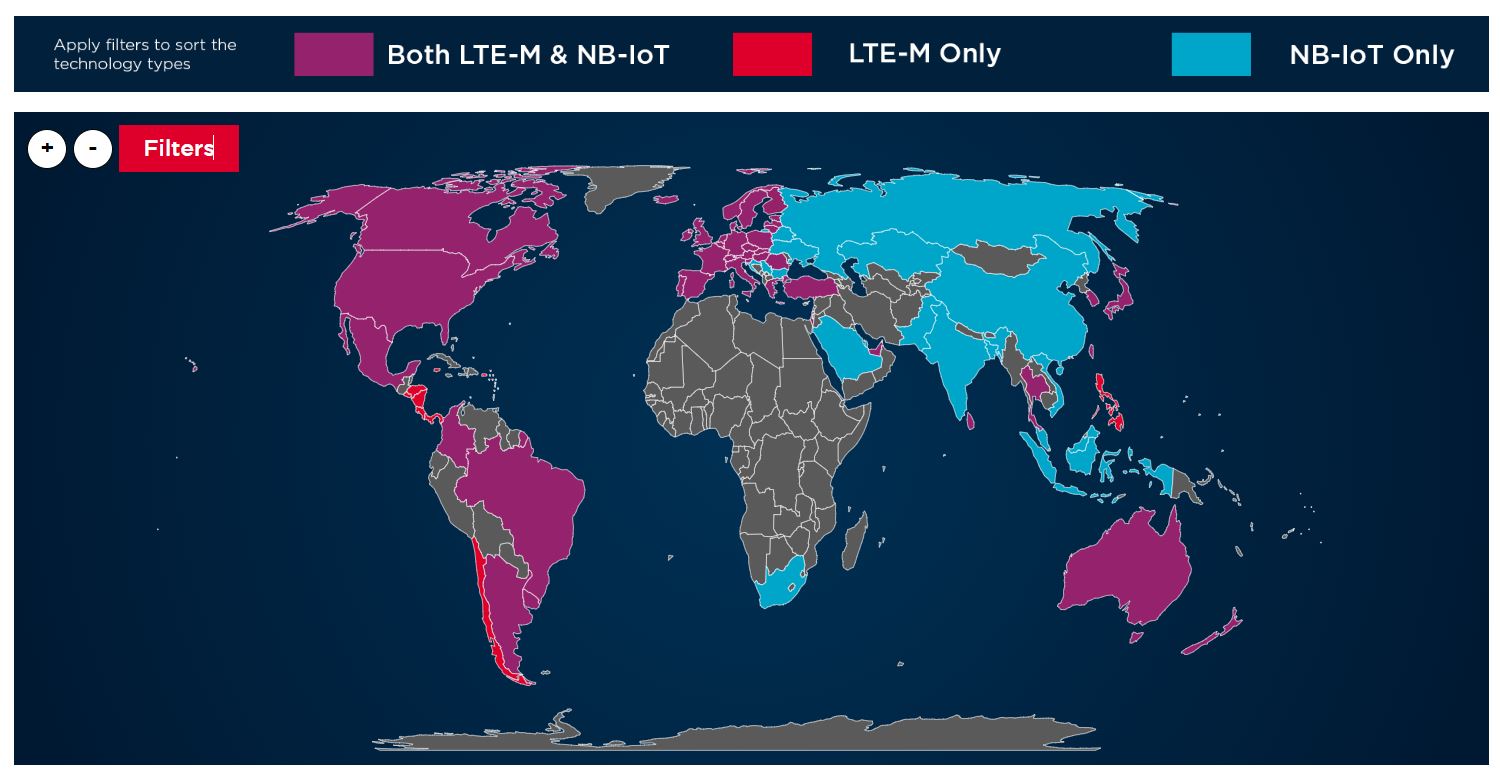
What is NB-IoT technology?
What are the advantages of each technology?
NB-IoT
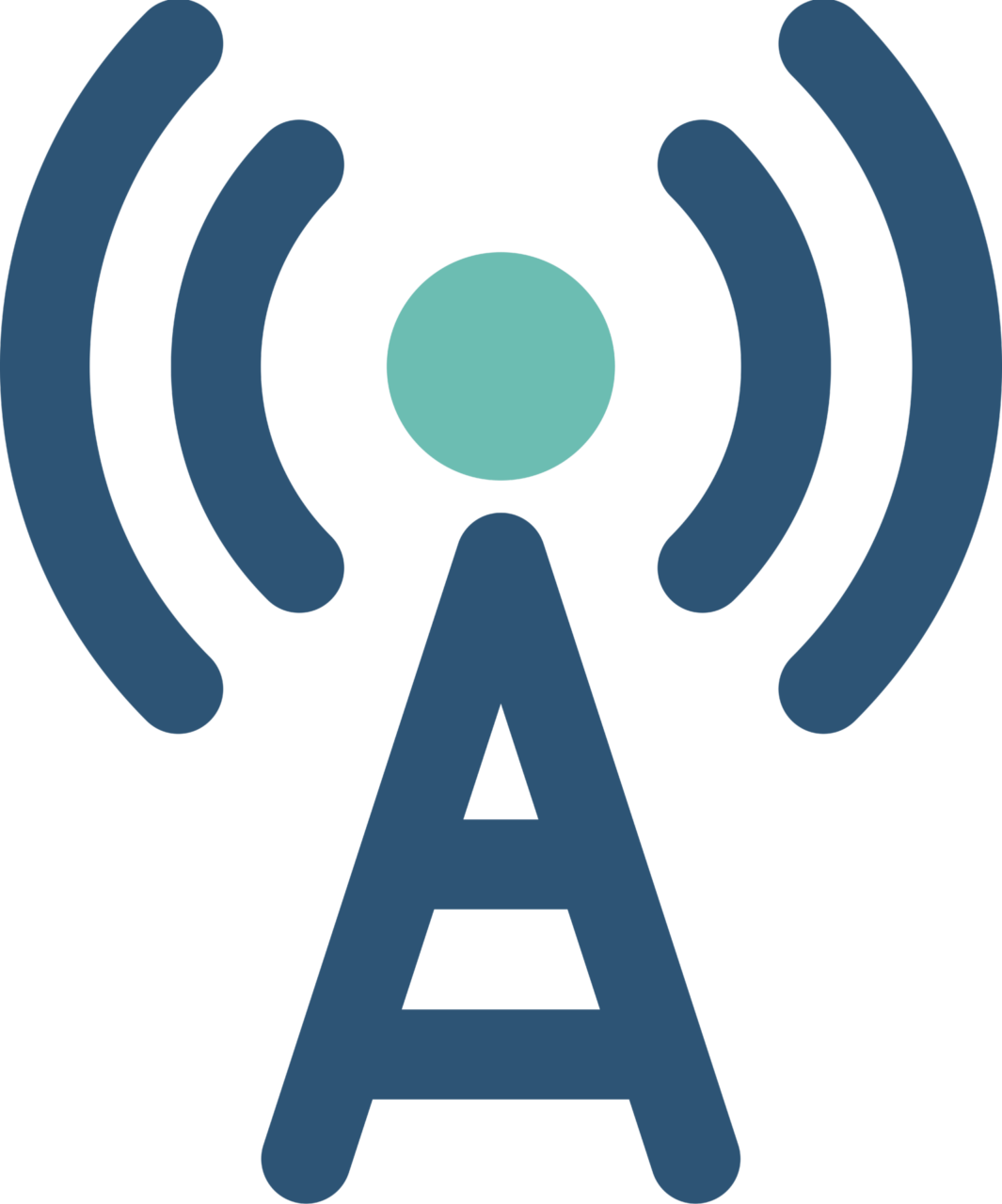
Existing
infrastructures
Existing mobile network enables rapid deployment of NB-IoT sensors

Optimum
coverage
Wherever your phone has a network, an NB-IoT sensor will also see more

Limited initial investment
Monthly subscription instead of high initial investment
LTE-M

Low
latency
50-150 ms to facilitate human-machine interaction

Software
updates
Easy support for software updates throughout the life of the IoT device

Broadband
Exchange of more and richer data (image and sound processing, etc.)
Do you need help?
Our team is here to help you. If you have any questions or encounter any problems when using our application, please don’t hesitate to contact us. We’re here to solve any problems you may encounter and provide you with the best possible experience.

